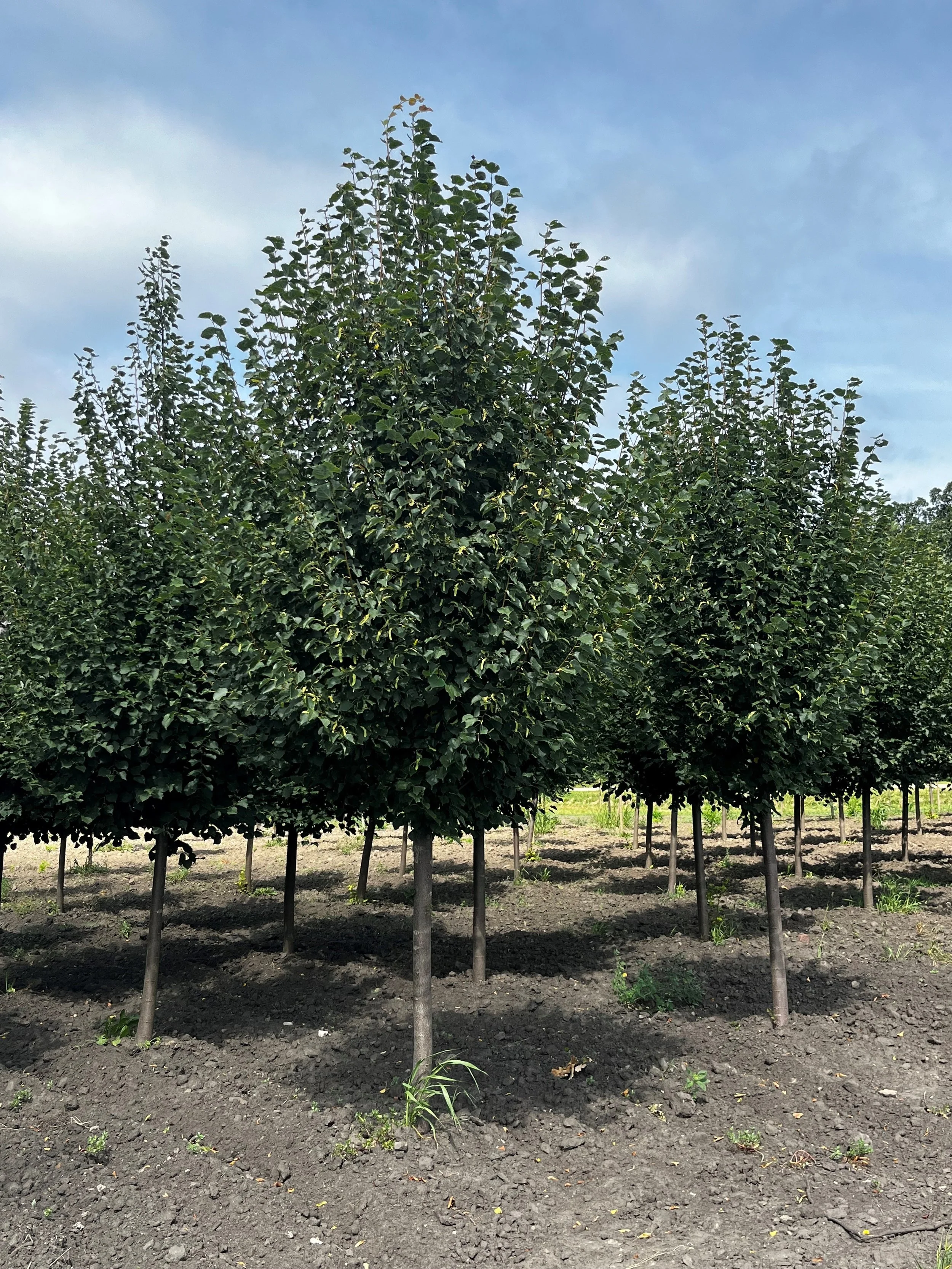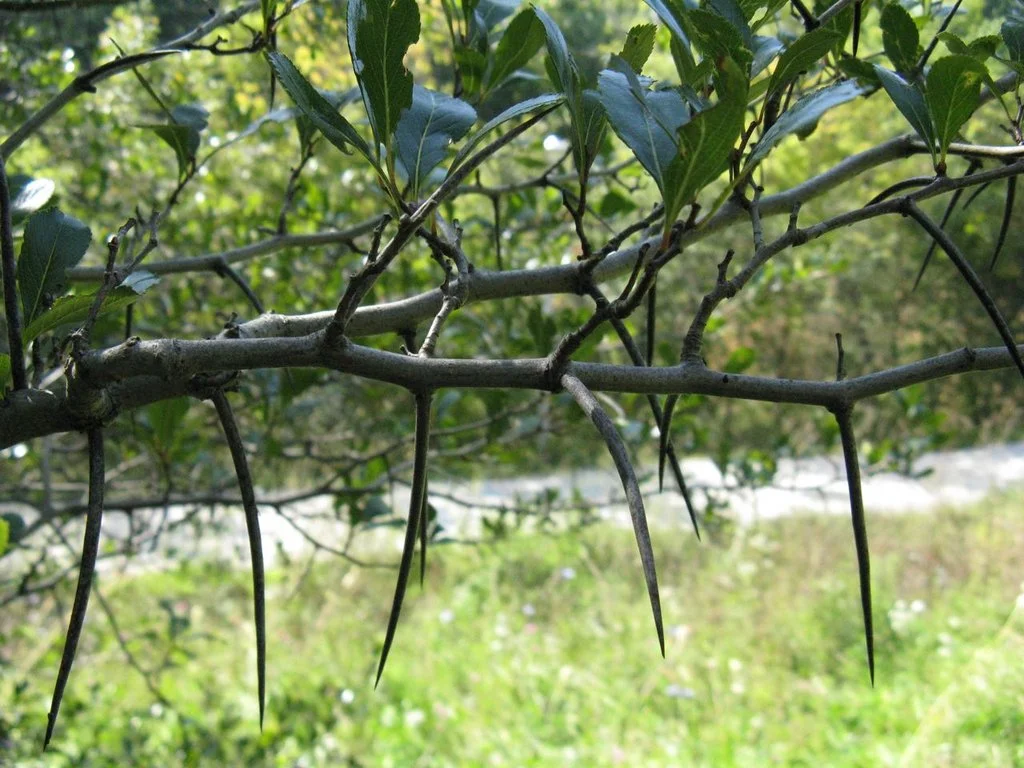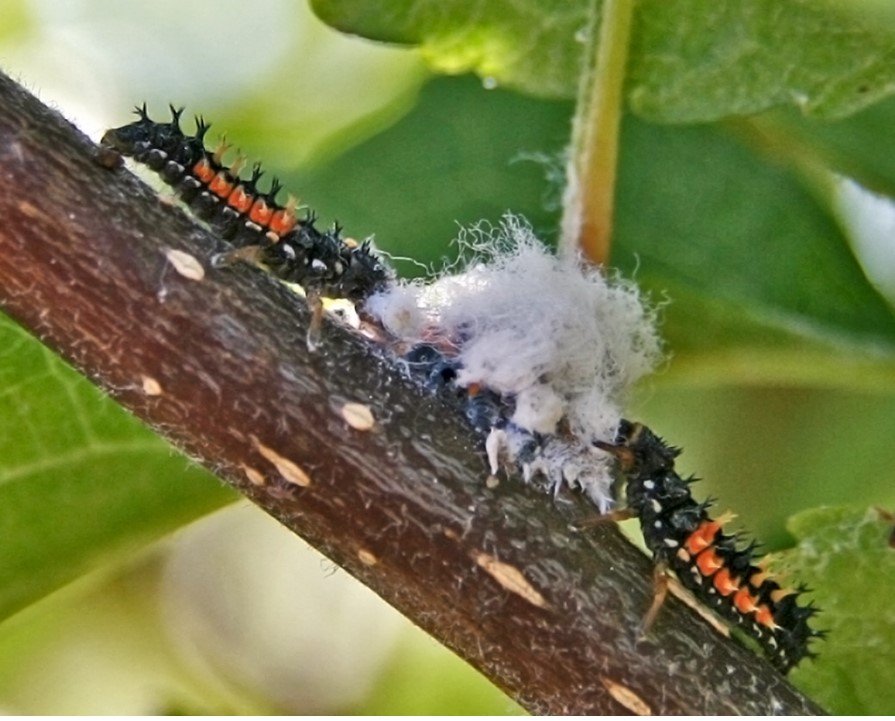Evil Tree Rings
Tree Rings - “volcano mulch’s” evil twin - this homeowner just piled 18” of soil on their tree’s trunk and damaged many roots
Why Tree Rings Can Be a Slow Death Sentence for Trees
The pursuit of a pristine appearing landscape sometimes results in methods that inadvertently damage the very plants we aim to beautify. Take, for instance, the widespread practice of creating hardscape tree rings—those neat circles of bricks or blocks placed around the trunks of mature trees. While they might appear as a solution for defining spaces and simplifying lawn care, these tree rings can actually be incredibly damaging to trees, leading to a slow death.
At first glance, tree rings appear harmless, even beneficial. They keep the area around the tree tidy, preventing grass from encroaching on its base. However, the process of constructing these rings can cause irreparable harm to the tree's root system. As landscape contractors, it's crucial to understand the implications of our actions on the trees we work around.
One of the most significant issues with tree rings is the cutting of roots during construction. As the base for bricks or blocks are laid down, roots that extend beyond the tree's trunk are often severed or damaged. These roots are essential for the tree's stability and nourishment, acting as conduits for water and nutrients from the soil. By severing these roots, we disrupt the tree's ability to thrive, leaving it vulnerable to disease, pests, and environmental stressors.
Additionally, the practice of piling soil and mulch against the tree's bark within the ring can have devastating consequences. Tree bark is not designed to withstand prolonged moisture, and when soil and mulch are piled against it, the bark stays moist and susceptible to rot. This creates an ideal environment for fungal growth and insect infestation, further weakening the tree's defenses.
Over time, the cumulative effects of root damage, moisture retention, and pest infestation can lead to a decline in the tree's health. The tree ring becomes a slow death sentence for the tree, as it struggles to cope with the stress and damage caused by the tree ring.
As landscape contractors, we have a responsibility to promote practices that support the long-term health of trees. Instead of installing tree rings, consider alternative methods for defining space around trees, such as mulch beds, at-grade perennial or groundcover beds or low natural edging. These methods not only preserve the integrity of the tree's root system but also promote healthy soil conditions.
Tree rings may offer a superficial solution to landscaping challenges, but their long-term consequences far outweigh any perceived benefits. By avoiding the construction of tree rings and adopting alternative practices that support tree health, landscape contractors can help to preserve the beauty and health of established and irreplaceable trees. Let's choose stewardship over convenience and ensure that our actions contribute to the flourishing of trees, not their demise.
Please DON’T put tree rings around your trees!
Scroll Down for Spanish Version - Desplázate hacia abajo para la versión en Español
〰️
Scroll Down for Spanish Version - Desplázate hacia abajo para la versión en Español 〰️
Por qué los anillos de árboles pueden ser una sentencia de muerte lenta para los árboles
La búsqueda de un paisaje con una apariencia impecable a veces resulta en métodos que dañan inadvertidamente las mismas plantas que buscamos embellecer. Tomemos, por ejemplo, la práctica generalizada de crear anillos de árboles con pavimento duro: esos círculos ordenados de ladrillos o bloques colocados alrededor de los troncos de árboles maduros. Aunque puedan parecer una solución para definir espacios y simplificar el cuidado del césped, estos anillos de árboles pueden ser increíblemente dañinos para los árboles, llevándolos a una muerte lenta.
A primera vista, los anillos de árboles parecen inofensivos, incluso beneficiosos. Mantienen el área alrededor del árbol ordenada, evitando que el pasto invada su base. Sin embargo, el proceso de construcción de estos anillos puede causar daños irreparables al sistema de raíces del árbol. Como contratistas de paisajismo, es crucial entender las implicaciones de nuestras acciones en los árboles con los que trabajamos. Uno de los problemas más significativos con los anillos de árboles es el corte de raíces durante la construcción. A medida que se colocan las bases para los ladrillos o bloques, las raíces que se extienden más allá del tronco del árbol a menudo son cortadas o dañadas. Estas raíces son esenciales para la estabilidad y alimentación del árbol, actuando como conductos para el agua y los nutrientes del suelo. Al cortar estas raíces, interrumpimos la capacidad del árbol para prosperar, dejándolo vulnerable a enfermedades, plagas y factores estresantes ambientales. Además, la práctica de amontonar tierra y mantillo contra la corteza del árbol dentro del anillo puede tener consecuencias devastadoras. La corteza del árbol no está diseñada para resistir la humedad prolongada, y cuando se amontona tierra y mantillo contra ella, la corteza permanece húmeda y susceptible a la pudrición. Esto crea un ambiente ideal para el crecimiento de hongos e infestaciones de insectos, debilitando aún más las defensas del árbol.
Con el tiempo, los efectos acumulativos del daño a las raíces, la retención de humedad y la infestación de plagas pueden llevar a un deterioro de la salud del árbol. El anillo de árbol se convierte en una sentencia de muerte lenta para el árbol, ya que lucha por hacer frente al estrés y al daño causado por el anillo de árbol.
Como contratistas de paisajismo, tenemos la responsabilidad de promover prácticas que apoyen la salud a largo plazo de los árboles. En lugar de instalar anillos de árboles, considera métodos alternativos para definir el espacio alrededor de los árboles, como camas de mantillo, camas de plantas perennes al ras del suelo o bordes naturales bajos. Estos métodos no solo preservan la integridad del sistema de raíces del árbol, sino que también promueven condiciones saludables del suelo.
Los anillos de árboles pueden ofrecer una solución superficial a los desafíos del paisajismo, pero sus consecuencias a largo plazo superan con creces cualquier beneficio percibido. Al evitar la construcción de anillos de árboles y adoptar prácticas alternativas que apoyen la salud de los árboles, los contratistas de paisajismo pueden ayudar a preservar la belleza y la salud de los árboles establecidos e irremplazables. Optemos por el cuidado sobre la conveniencia y aseguremos que nuestras acciones contribuyan a la prosperidad de los árboles, no a su desaparición.


















